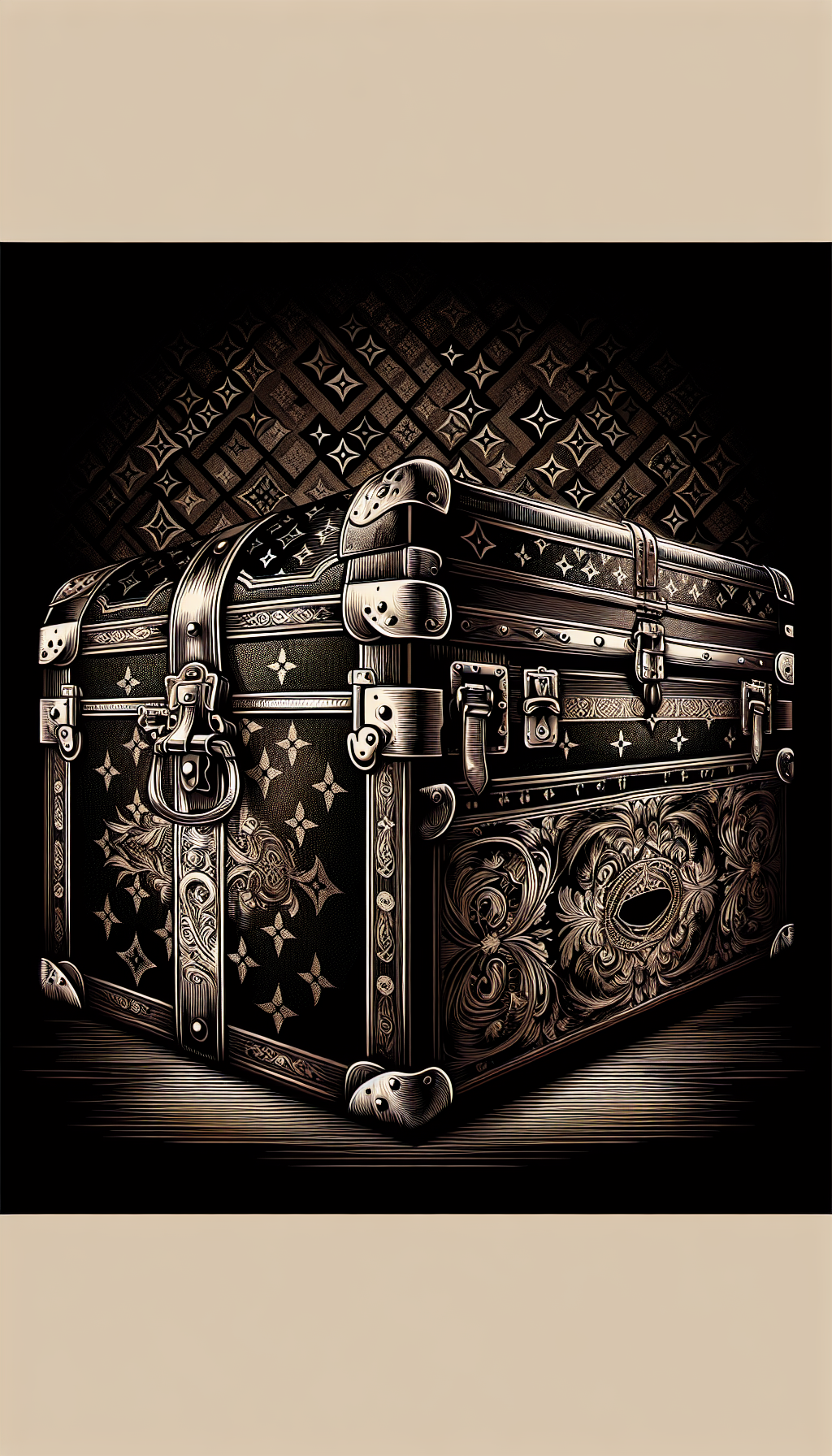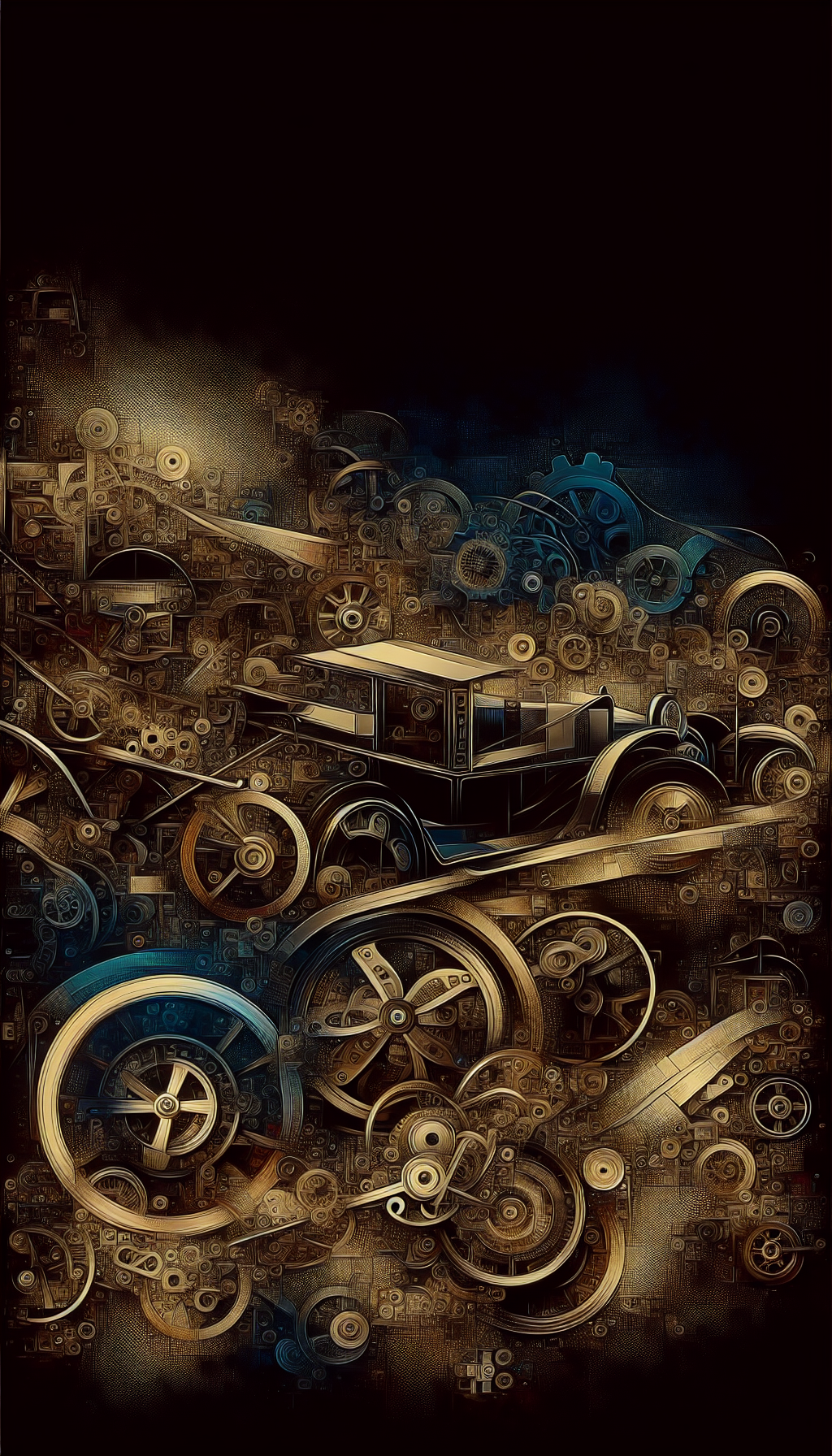Itzchak Tarkay Limited Edition Print
Collectors are drawn to Itzchak Tarkay’s lyrical depictions of elegant women in cafés, rendered in buoyant color and confident line. Limited edition prints are the most accessible way to collect his work, but the landscape includes multiple techniques, edition types, and quality tiers that can confuse even experienced buyers. This guide explains how to identify, authenticate, and value an Itzchak Tarkay limited edition print, with clear criteria and practical steps for appraisers and enthusiasts.
A concise profile of the artist and his print market
Itzchak Tarkay (1935–2012) was a Yugoslav-born, Israeli-based painter celebrated for a modern figurative style influenced by Matisse and Toulouse-Lautrec. His compositions typically feature seated women in reflective repose, café interiors, bouquets, and layered patterns. The market for his limited edition prints is broad and international, buoyed by decades of gallery promotion and wide distribution.
Key points about his editions:
- Primary print media: serigraphs (screenprints) on paper and on canvas; also giclées (inkjet) and offset lithographs. Serigraphs generally occupy the top tier among his limited editions.
- Typical editions: often 250–500 impressions, plus Artist’s Proofs (AP), Printer’s Proofs (PP), and sometimes Hors de Commerce (HC). Hand-embellished serigraphs and serigraphs on canvas tend to command higher prices than open editions or giclées.
- Signature practice: legitimate limited editions are usually hand-signed in pencil (for paper) or signed in paint/marker (for canvas). Edition numbers are typically in pencil on paper prints.
For value context: attractive, mid-size hand-signed serigraphs on paper commonly transact in the low four figures when in excellent condition, while hand-embellished serigraphs on canvas may reach higher. Giclées and open-edition posters are generally lower.
How to identify an authentic Tarkay limited edition print
Begin with the technique and physical evidence. Tarkay’s editions span multiple printing processes, and each leaves distinct markers.
- Determine the medium
- Serigraph (screenprint)
- Telltale signs: discrete, flat color areas; slight surface texture or raised edges where inks overlap; clean, crisp boundaries; under magnification, solid color fields rather than dot patterns.
- Hand-embellished variants will show brushwork or textured strokes applied over the print, often visible at an angle.
- Giclée (inkjet)
- Under magnification: rosette or micro-droplet dot patterns, even in supposed “flat” color passages; generally smoother surface with less relief.
- Hand-embellished giclées exist; look for actual brush texture distinct from the underlying dot pattern.
- Offset lithograph/poster
- Regular CMYK dot matrix visible to the naked eye or a loupe; typically open edition or “poster” notation; lower collectible value.
- Look for signature and numbering
- Signature location: commonly lower right, hand-signed. On paper, pencil signatures predominate. On canvas, a paint or marker signature may appear on the image surface.
- Edition numbering: lower left, e.g., “123/350.” Proof copies may be annotated “AP,” “PP,” or “HC,” sometimes with a fraction (e.g., “AP 10/50”).
- Title: occasionally centered beneath the image in pencil on paper editions, though not universal.
- Check for printer’s chop or publisher indicators
- Some paper serigraphs bear a blind stamp (embossed chop) from the printer or publisher in the margin. Not all editions have this, but its presence can support authenticity.
- Certificates of Authenticity (COA): common from gallery publishers. A COA supports—but does not guarantee—authenticity. Verify that details match the print: title, medium, dimensions, edition number, and signature.
- Compare image quality and palette
- Color fidelity: Tarkay’s serigraphs typically have rich, saturated, clean color. Dullness, misregistration, or muddy edges can indicate later reproductions or degraded prints.
- Composition: compare the piece to known cataloged images from respected dealers or collections. Watch for cropped margins, unusual colorways, or poor enlargements.
- Inspect paper or canvas
- Paper: fine, heavyweight archival stocks (e.g., mould-made papers) are typical for serigraphs. Edges may be deckled. Avoid lined, brittle, or acidic papers.
- Canvas: for serigraphs on canvas or giclées on canvas, confirm stretcher inscriptions, labels, and notations. Edition numbers may appear on the stretcher bar or verso label rather than the front.
Red flags:
- “Signed in the plate” but no pencil signature or edition number on paper prints.
- Suspiciously low prices for “hand-signed serigraphs” without provenance.
- COAs that are generic, misspell the artist’s name, or offer no edition specifics.
- Trimmed margins, removing signature or numbering.
Valuation factors: what drives the price
Several consistent drivers affect the value of a Tarkay limited edition print. Appraisers should weigh them collectively.
Medium and technique
- Serigraphs on paper: the baseline for strong limited editions.
- Hand-embellished serigraphs or serigraphs on canvas: generally valued higher due to perceived uniqueness and display impact.
- Giclées: strong decorative appeal but typically lower on the collectible hierarchy unless extensively embellished and scarce.
- Offset posters: lowest value.
Edition size and proof status
- Smaller editions (e.g., 250) tend to be more desirable than larger ones (e.g., 500–750).
- AP, PP, and HC can attract a premium, especially when scarce. The premium varies by image and demand.
Image and subject
- Signature Tarkay themes—two seated women, café interiors, musical instruments, florals—perform well.
- Balanced compositions with saturated palettes and clear contours are easiest to place.
Signature and inscriptions
- Clear hand signature and legible numbering add confidence.
- Dedications can enhance personal value but may narrow the resale audience.
Condition
- On paper: bright, unfaded colors; no foxing; minimal handling creases; no mat burn; full margins; pH-neutral framing history.
- On canvas: no abrasions or scuffs; no sagging or corner crush; stable surface without overpaint.
Provenance and documentation
- Original invoices, gallery labels, COAs, and consistent ownership history support value.
- A known exhibition or publication history is a bonus, though less common for editions.
Framing quality
- Archival matting and UV-protective glazing help preserve condition. Conversely, non-archival framing can suppress value if it causes burn lines or fading.
Indicative value ranges
- Hand-signed serigraphs on paper (typical sizes): often mid-hundreds to low thousands in USD depending on the factors above.
- Hand-embellished serigraphs or serigraphs on canvas: higher ranges, especially for larger, well-known images in excellent condition.
- Giclées: generally below serigraphs unless scarce, large, and richly embellished.
Because values fluctuate, recent comparable sales for the same image, edition type, and condition are the most reliable indicators. Adjust for framing costs and shipping.
Condition assessment: what to look for under the loupe
Thorough condition notes underpin a reliable appraisal. Examine unframed when possible.
On paper:
- Light exposure: fading or color shift (yellows/browns often survive better; blues/reds fade first). Check areas protected by the mat for contrast.
- Mat burn: brown border lines where acidic mats contacted the paper.
- Foxing: small rust-colored spots from humidity and mold exposure.
- Cockling/waviness: humidity or improper hinging.
- Abrasions and handling creases: look under raking light.
- Over-trimming: margins cut down, possibly removing signature numbers.
- Stains and tape residue: old pressure-sensitive tapes can bleed adhesive.
On canvas:
- Surface scuffs or rubs, especially at edges and corners.
- Paint or ink lifting on textured areas of hand-embellishment.
- Sagging canvas or loose keys.
- Frame abrasion and stretcher bar impressions.
Documentation:
- Verify the edition number matches the COA.
- Record paper type, sheet size, image size, and any chops or blind stamps.
- Photograph signature, numbering, and any verso labels.
Care, framing, and storage for longevity
Preventive care preserves both beauty and value.
- Environment: stable temperature (18–22°C/65–72°F) and relative humidity (40–55%). Avoid basements, attics, and direct sunlight.
- Framing (paper): 100% cotton rag mat and backing; UV-filtering glazing; hinged with Japanese paper and reversible wheat-starch paste; allow the sheet to float when margins are attractive.
- Framing (canvas): proper tension; felt spacers; avoid tight frame rabbet that rubs edges.
- Display: avoid direct sun and high-heat spots; consider UV films on windows if needed.
- Storage (unframed paper): flat in archival boxes between acid-free boards with interleaving; or rolled around a large-diameter tube with archival interleaving—never tight rolls.
- Handling: clean, dry hands or nitrile gloves; support from beneath; avoid touching printed areas.
Insurance and documentation:
- Keep invoices, COAs, correspondence, and high-resolution photos of front, back, and details.
- Note dimensions and distinguishing marks for identification.
Buying and selling tips for Tarkay limited editions
- Verify the medium: many listings use “serigraph” loosely. Confirm via magnification and texture.
- Confirm edition details: title, edition size, print year (if known), and proof status. Ensure the numbers match any COA and labels.
- Compare comps image-to-image: values vary significantly by specific composition, size, and color.
- Scrutinize framing: a high-end frame can enhance presentation but should not mask condition issues. Request photos of the print outside the frame or at least under the mat.
- Budget for conservation: minor mat burn or foxing can sometimes be mitigated by a qualified conservator, but costs may affect net value.
- Pack carefully for shipment: double-box frames with corner protection; for unframed paper, use rigid boards and avoid placing the print directly against acrylic glazing during transit.
Quick checklist: evaluating an Itzchak Tarkay limited edition print
- Identify medium: serigraph vs giclée vs offset; confirm with a 10x loupe.
- Confirm signature and numbering: pencil signature and edition on paper; consistent inscriptions on canvas/verso.
- Check edition size and proof type: standard edition or AP/PP/HC; note fraction.
- Inspect condition: color saturation, margins, foxing, mat burn, abrasions.
- Verify provenance: COA, invoices, gallery labels; confirm matching details.
- Assess value drivers: subject, size, hand-embellishment, edition size, condition.
- Document thoroughly: measurements, paper/canvas type, chops, high-res photos.
FAQ
Q: Are all Tarkay limited edition prints serigraphs? A: No. While many desirable editions are serigraphs, Tarkay’s work also appears as giclées and offset lithographs. Confirm the technique before assigning value.
Q: Do Artist’s Proofs (AP) of Tarkay prints sell for more? A: Often they command a modest premium, but the effect varies by image, scarcity, and buyer preference. Condition and subject matter usually outweigh AP status.
Q: How can I tell if a print is hand-embellished? A: Look for brush texture rising above the printed surface and slight variations from other impressions of the same image. Under raking light, hand-applied strokes catch highlights differently than printed ink.
Q: Does a COA guarantee authenticity? A: A COA supports the case but is not definitive on its own. Cross-check that the COA’s title, edition number, medium, and dimensions match the print, and examine the print physically.
Q: What’s the most common condition issue for Tarkay paper serigraphs? A: Light exposure leading to subtle fading or mat burn from non-archival framing. Always compare exposed areas to edges previously under the mat.
A careful, methodical approach—confirming medium, inscriptions, and condition while aligning documentation—will yield a confident appraisal and a stable position in the market for Itzchak Tarkay limited edition prints.



